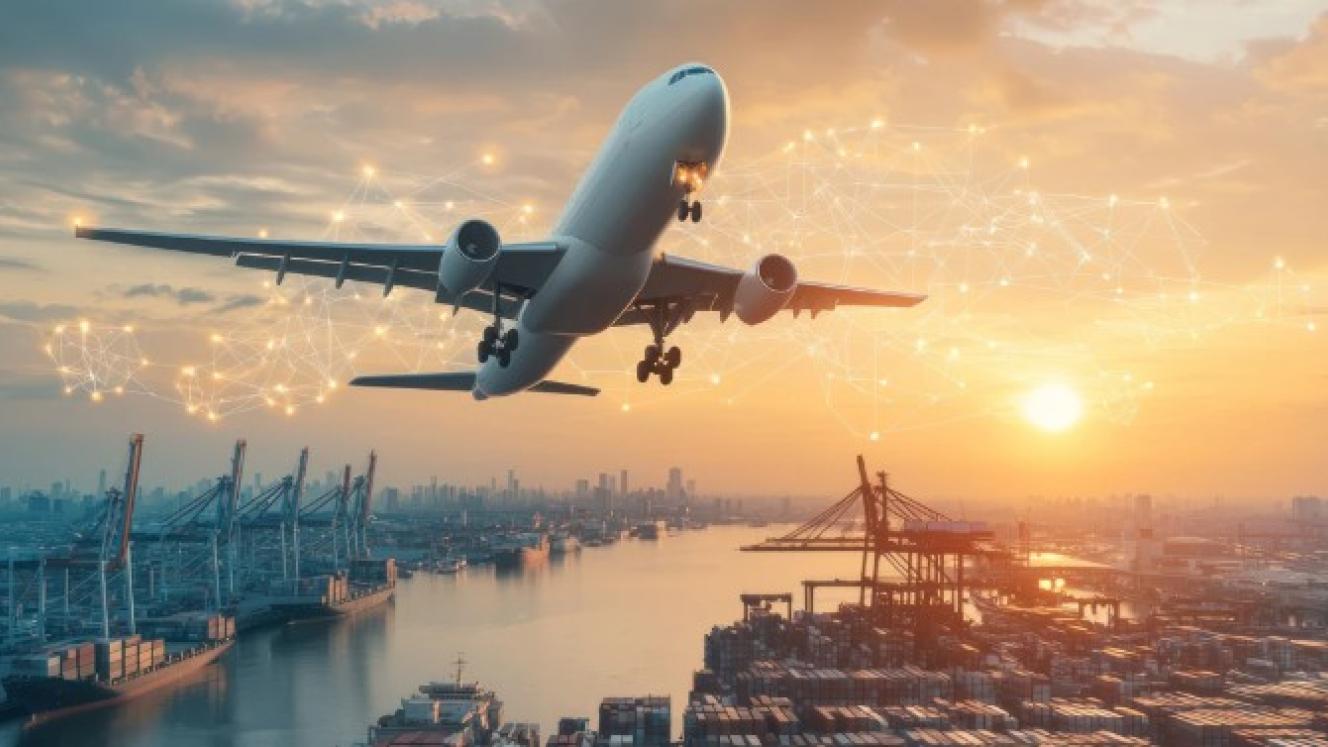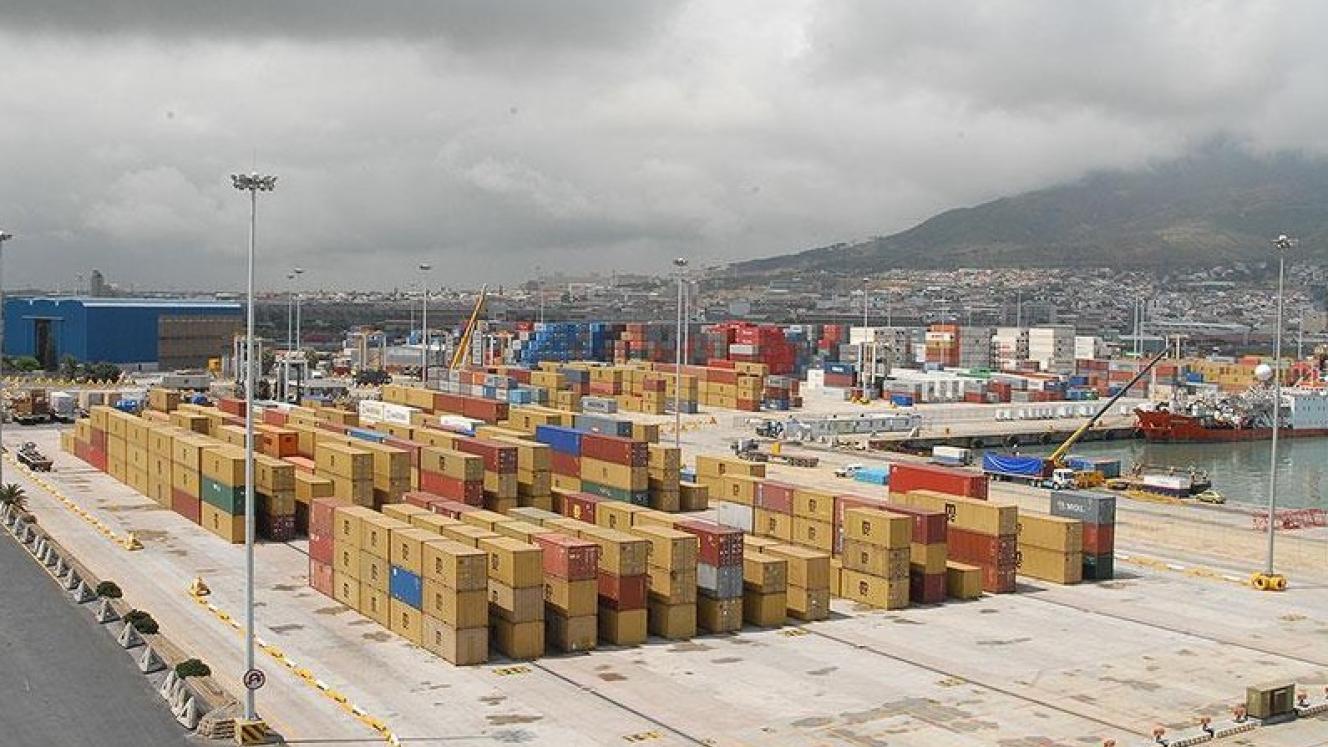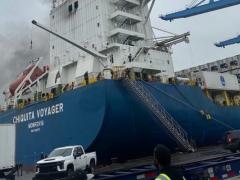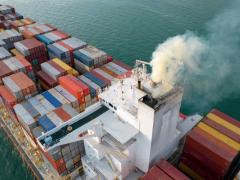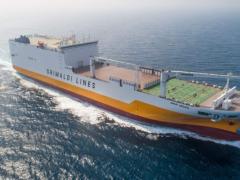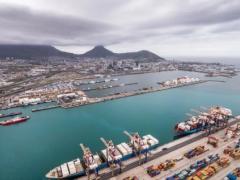Air freight is headed for turbulence in the coming months due to a dynamic trade environment that complicates predictions of market developments, according to DSV.
The freight forwarder said there are two principal challenges facing the sector: termination of the US de minimis exemption on Chinese imports and the hoped-for return of maritime volumes to the Suez Canal
The first, with Chinese imports under a certain dollar value duty-exempt, is prompting a shift in e-commerce supply chains between China/Hong Kong and the US, DSV said.
Air Cargo News reports that this shift is moving away from a direct business-to-consumer model towards a business-to-business-to-consumer arrangement with companies increasingly relying on warehousing to store inventory rather than shipping goods directly to consumers.
This change reduces demand for air cargo as shipments can now be transported via ocean freight.
DSV pointed out that, given the size of the US market, this transformation is expected to have a global impact on air freight capacity across multiple trade routes.
Secondly, the gradual return of ocean shipping to the Suez Canal route is encouraging commodities from the Indian subcontinent and Southeast Asia to move back to ocean freight – attracted by improved transit times and lower costs.
Meanwhile, US tariff policies are encouraging companies to diversify sourcing strategies – seeking alternatives to China such as Vietnam, Thailand and the Indian subcontinent.
The air freight market is also experiencing growth in shipments of AI-related products and other high-value technology items including data racks, hard drives and computer chips. These goods are primarily sourced from Southeast Asia and Taiwan, contributing to increased air freight demand from these regions.
Mads Ravn, DSV’s President for Air and Sea in North America, outlined several factors that could influence air cargo trends in the last few months of the year.
He indicated that US tariffs on several key trading partners might encourage businesses to explore alternative trade routes and sourcing options or, alternatively, rely more heavily on air freight to circumvent bottlenecks and meet urgent delivery needs.
Ravn suggested these shifts could produce short-term volatility with potential surges in air cargo traffic as companies adjust to new trade conditions.
However, the ultimate impact on air freight demand depends on how manufacturers and retailers respond, he added.
Ravn explained that higher import costs might reduce overall shipment volumes as companies seek cost-saving measures such as nearshoring or increased use of ocean freight.
Conversely, ongoing supply chain disruptions could drive greater air cargo demand as businesses prioritise speed and flexibility.
In the event of demand surges, air cargo capacity could be strained, especially in sectors like high-tech, pharmaceuticals and automotive, which may turn to air freight to mitigate tariff-induced delays.
This would further limit already tight capacity, potentially driving up freight rates and intensifying competition for space. Conversely, if tariffs result in a slowdown of global trade, air cargo carriers might experience reduced demand, leading to adjustments in fleet use and route planning.
This comprehensive assessment from DSV underscores the complex, evolving challenges and opportunities in the air cargo market as it navigates a shifting global trade landscape.
